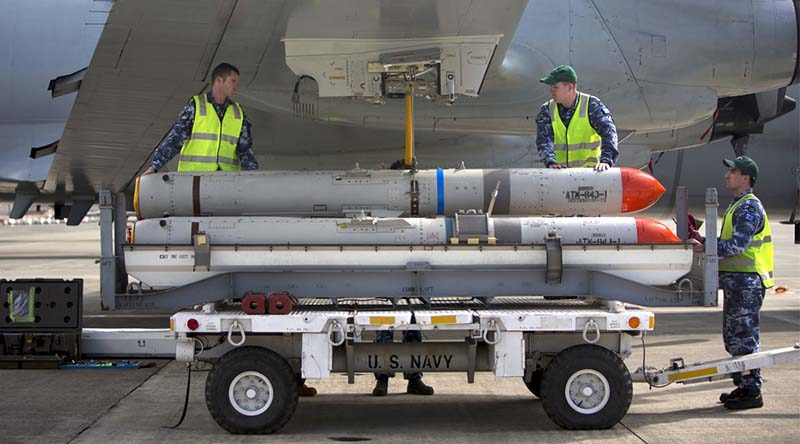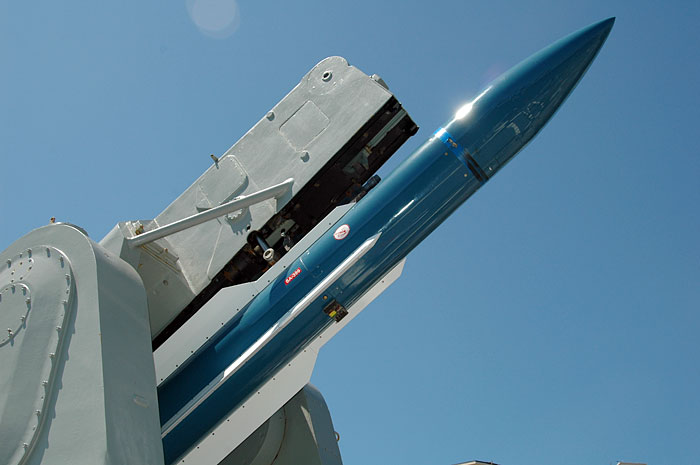

Its role in the programme covers operational defect support, post design services and the procurement of spares, enabling maintenance of the system and its. It is also the first time the Harpoon missile has been fired from an Anzac Class frigate during the thirty year history of employing the Harpoon weapon system. Babcock provides specialist air, defence and missiles engineering expertise supporting the availability of the Harpoon Missile System fitted to Type 23 Frigates and Type 45 Destroyers. This is the first time Australia has joined with other nations for a missile test of this kind. Warramunga was joined by three other allied ships from Canada and the United States.

Video: During RIMPAC 2010, the Anzac Class frigate HMAS Warramunga fired a new RGM-84 Harpoon Block II missile into the decommissioned US amphibious assault carrier New Orleans. The NSM contains leading-edge technology that will provide Royal Australian Navy ships with a powerful maritime strike capability. The AGM-84E Standoff Land Attack Missile and later AGM-84H/K SLAM-ER are cruise missile variants.

These Block II improvements maintain Harpoon’s high hit probability against ships very close to land or traveling in congested sea lanes.ĭefence has signed a contract with Kongsberg to deliver the Naval Strike Missile (NSM), which will be employed on the Hobart Class destroyers and Anzac Class frigates, replacing the ageing Harpoon anti-ship missile on those ships from 2024. The Harpoon is an all-weather, over-the-horizon, anti-ship missile manufactured by McDonnell Douglas. The accurate navigation solution coupled with launch system improvements combine to offer better discrimination of target ships from islands, nearby land masses or other ships. The missile system has also been further developed into a land-strike weapon, the Standoff Land Attack Missile (SLAM). The 227 kilogram blast warhead delivers lethal firepower against a wide variety of land-based targets, including coastal defense sites, surface-to-air missile sites, exposed aircraft, port/industrial facilities and ships in port.įor conventional anti-ship missions, such as open-ocean and near-land, the GPS/INS eliminates midcourse guidance errors en route to the target area. To strike targets on land and ships in port, the missile uses GPS-aided inertial navigation to hit a designated target aimpoint. Harpoon Block II is capable of executing both anti-ship and land-strike missions. Harpoon Block II expands the capabilities of the Harpoon anti-ship weapon.


 0 kommentar(er)
0 kommentar(er)
